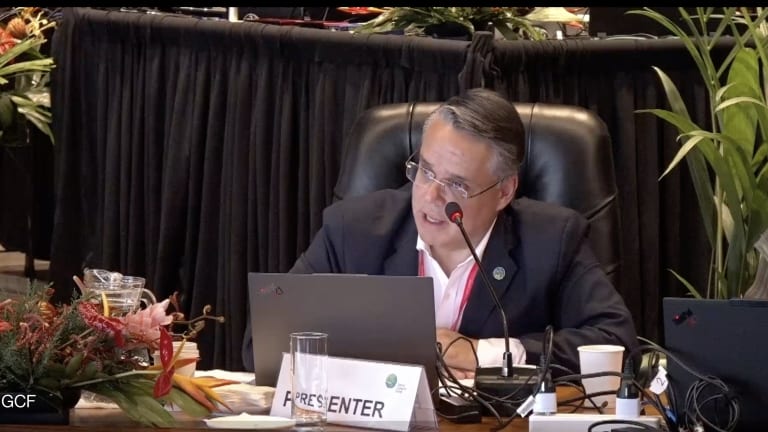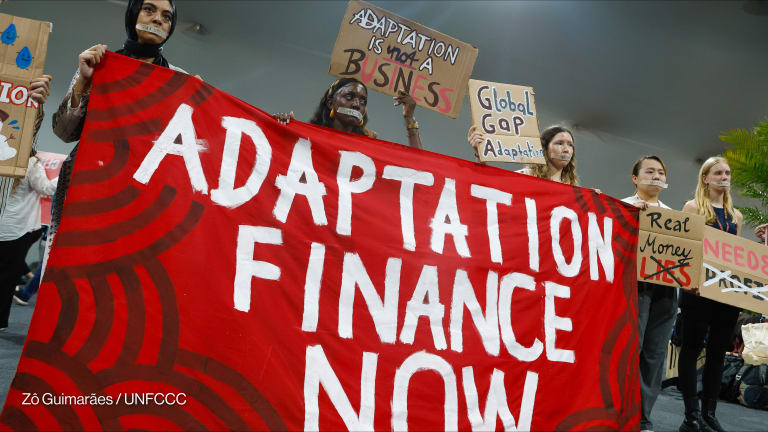Northeast Brazil boasts some of the world’s most beautiful beaches, ribbons of white sand tracing a region known as “a terra da felicidade” — the land of happiness; but venture inland and a harsh, semi-arid landscape with some of the country’s worst poverty emerges.
Geographer Friedrich W. Freise, in a survey of the region, painted a bleak picture: “The principle disintegrating agent is solar heat, which is operative many hours daily from a cloudless sky. The cracking and splintering effect … is great, and the surface is therefore widely strewn with sand and dust.”
Freise made these observations in 1938 and he commented — rather hopelessly — on the prospects for reforestation to restore natural watersheds. “There is strong evidence that man is utterly powerless here,” he wrote.








